Project 4: Flex Project(A successful group one!)
Ten red lights light up one by one, shining through a flame-shaped hole and projecting onto the tracing paper. When you overlay a transparent sheet with a drawing of a birthday cake… there you go, Happy Birthday! Using CPX for storytelling a tale of birthdays :)) This project has been done in collaboration with two more students in my class.
Materials:
- 2 square cardboxes
- 1 coffee filter
- 1 scotch tape
- 1 screw driver
- 1 CPX
- 1 laminated paper
Steps of the Procedure:
1.Making the Box: We took two cardboard boxes and stacked them together to sort of create a tower and create the shadow effect. We created a small hole on the top of the box to let the light from CPX pass through on the top box. We wrapped the top box with coffee filter to reflect the light more clearly. Here what it looks:
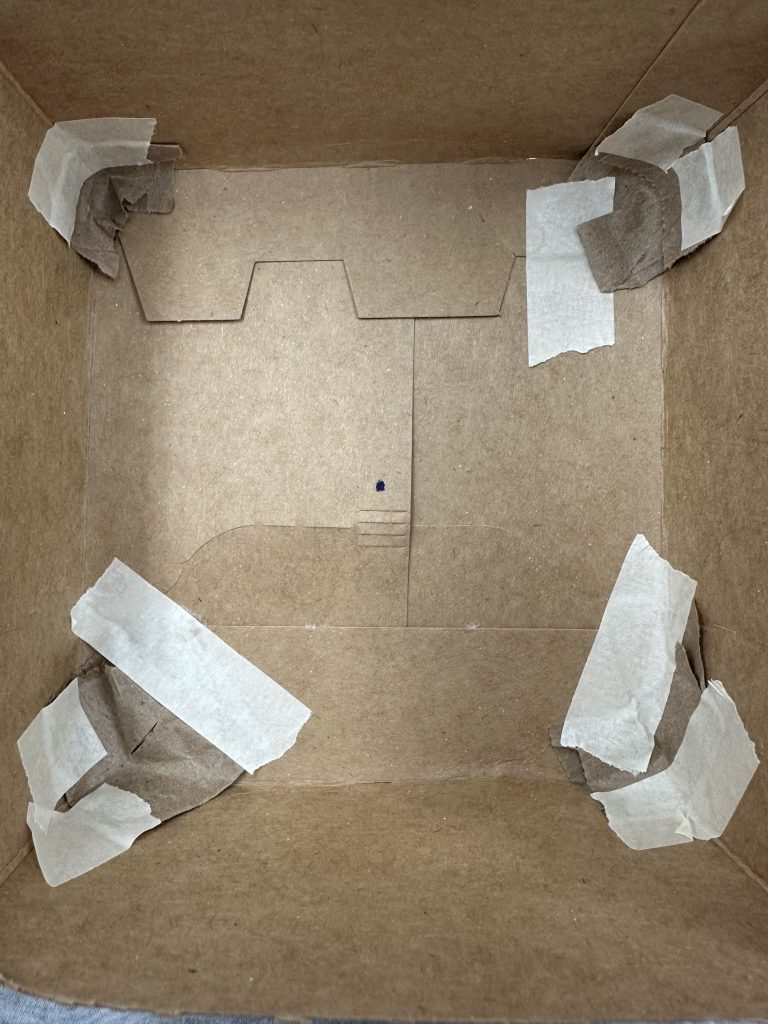
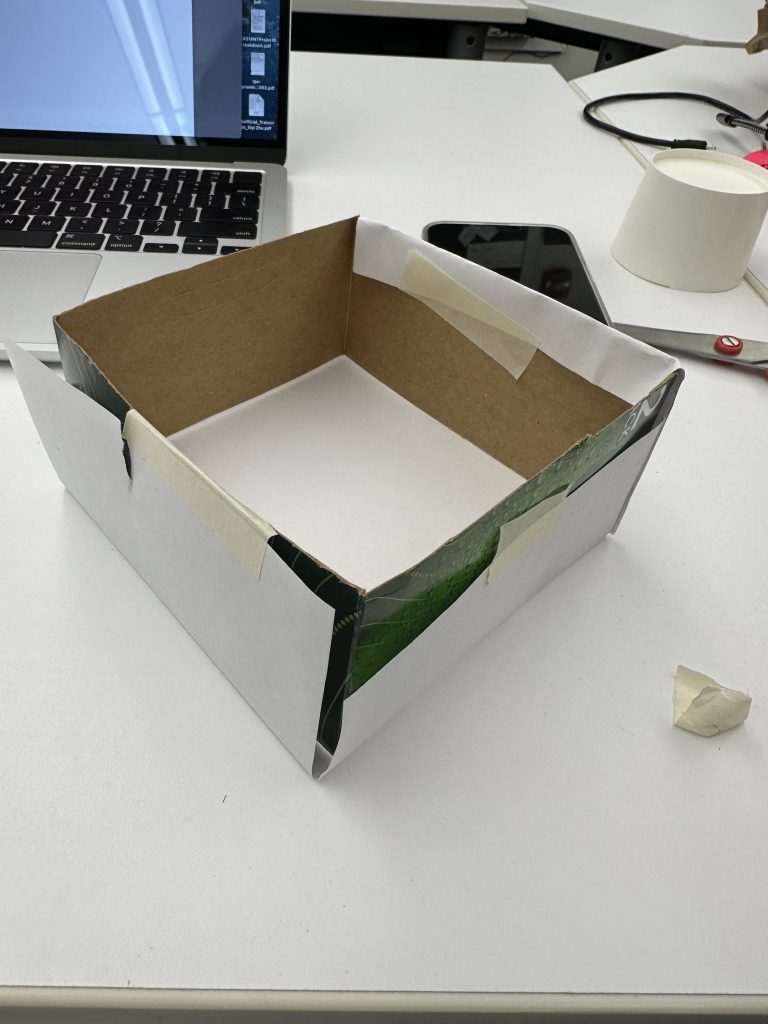
2. Attaching the CPX: After the box was done, it was time for us to stick the CPX to the box. It was tiny bit difficult for us to figure out what angle was best for us. Before trying the demo on the box, we tried it in various ways to see what angle was working.
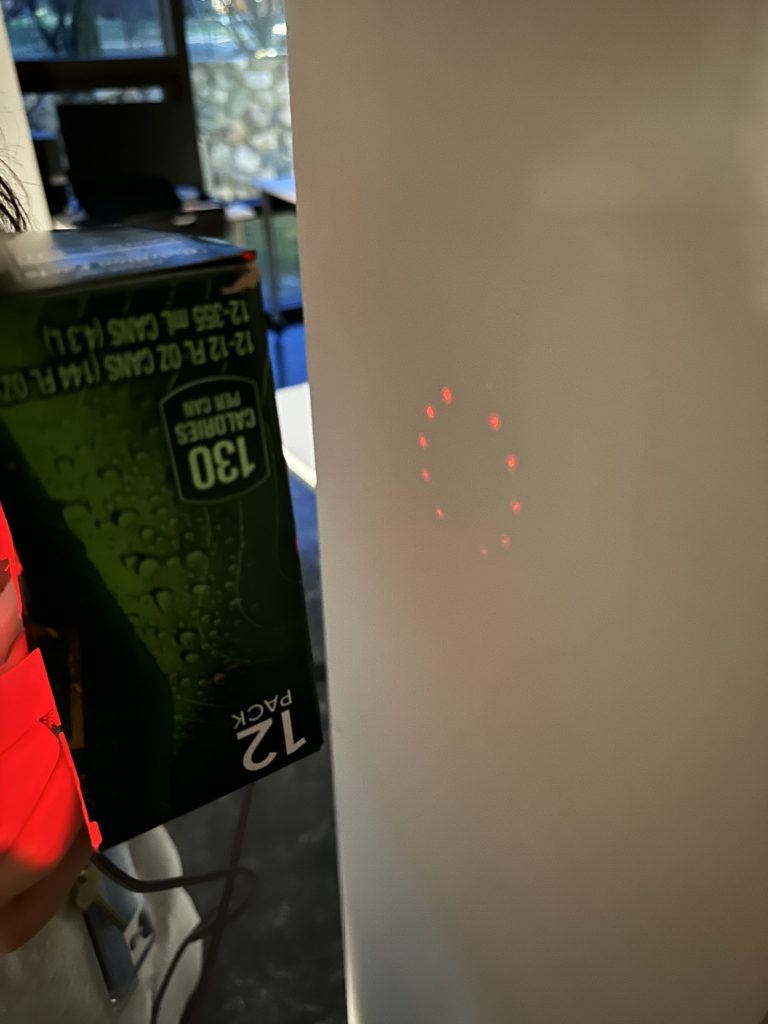
3.After figuring out an angle, we finally stick it in the box and tried it out before putting the birthday cake transparent paper over the box. Here’s how it looks like:
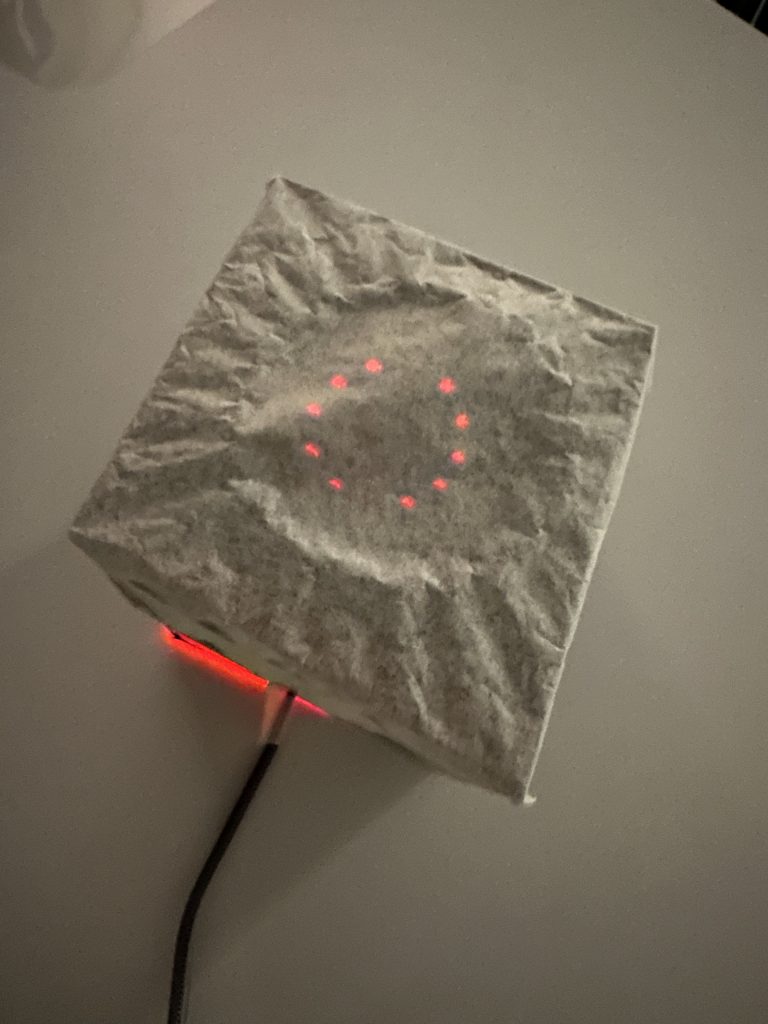
4. Now we have finally arrived to the final step. Taking a laminated paper, I cut it in the shape of a circle and drew a birthday cake to make the thing more realistic.
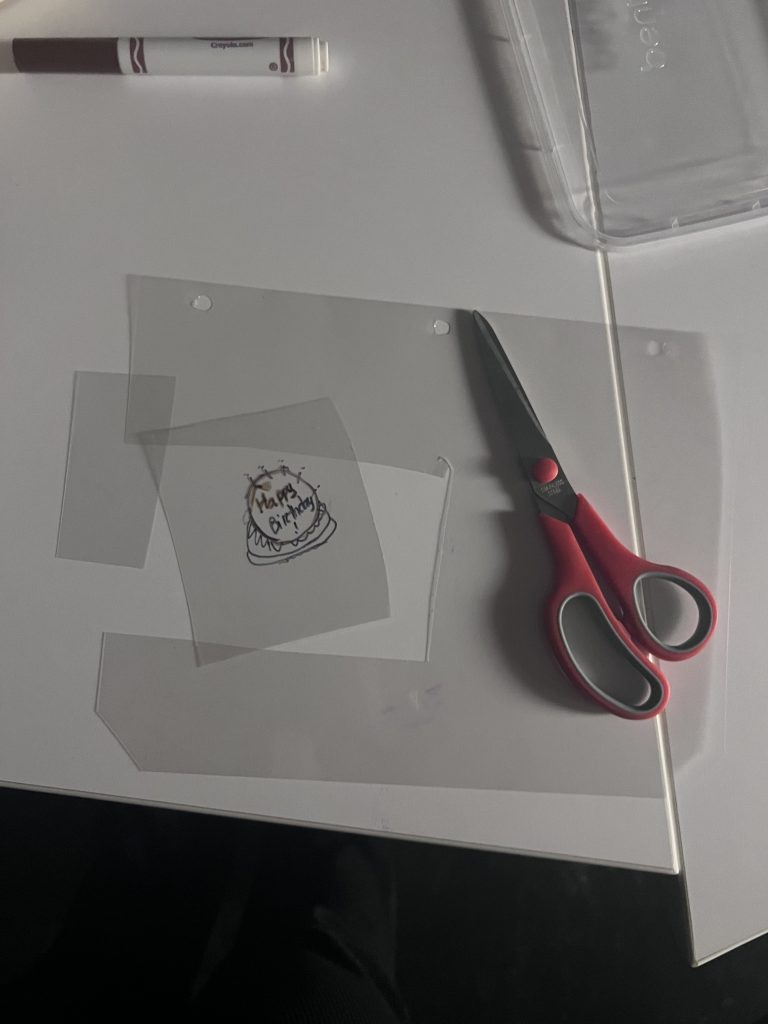
5.Here’s what final results looks like:
Reflection:
Reflection:
1.Reflect back on the project and how it relates to the topic of cognitive flexibility and feedback, using the prompts below. You can choose to write the reflection (1-2 paragraphs) or record it as video/audio (1-3 minutes).
Did you find yourself providing/receiving feedback during the process? Reflecting on the video, do you think it was given/received effectively?
How did having multiple perspectives impact the project?
Were there any unexpected moments? How did you respond to them?
Having multiple perspectives significantly enriched our project. Each team member contributed unique ideas, such as the coffee filter for better light diffusion and the optimal CPX angle. This diversity of thought helped refine our design and ensure its effectiveness.
Unexpectedly, figuring out the CPX’s angle was more challenging than anticipated. We adapted by testing different setups and collaboratively deciding the best solution. Feedback played a key role—team discussions were constructive and iterative, allowing us to improve at every stage. Watching the final result was rewarding, and the feedback loop ensured that ideas were shared and respected effectively.
2. Challenge yourself to step back and think about any parallels you can draw to your learning journey at large, using the prompts below. You can choose a written format (2-4 paragraphs) or recorded video/audio (2-5 minutes).
Can you think of a time when you were committed to a plan, but could have been more effective by pivoting to a new plan? What would you tell your former self? How does (not) having multiple perspectives impact your decision-making? How has feedback played a role?
Can you think of ways that cognitive flexibility could help you stretch in considering what courses you take in and out of your (intended) major(s)?
Looking back, are there any times where you got stuck or spun your wheels when you could have paused to seek other solutions or perspectives? Do you think the outcome would have been different?
Not having multiple perspectives often narrows decision-making, leading to missed opportunities. However, incorporating diverse viewpoints encourages creativity and more informed choices, as I learned during this project. Feedback has been vital—it’s a mirror that reveals blind spots and helps refine ideas. Constructive input has taught me to embrace changes and view challenges as learning opportunities.
Cognitive flexibility can guide me in exploring courses outside my major. For example, taking an art or storytelling course might enhance my creative thinking and communication skills, complementing my technical studies. This adaptability allows me to connect seemingly unrelated disciplines, broadening my intellectual horizons.
In hindsight, there have been moments when I got stuck because I didn’t pause to consider alternative perspectives. For instance, in a past group project, I focused too narrowly on my initial plan, ignoring feedback. Had I been more open to collaboration, the outcome could have been much stronger.
One key lesson was from a time I stuck to a rigid plan instead of pivoting. I learned that being flexible can lead to better solutions. To my former self, I’d say: Be open to change—it’s not failure but growth.
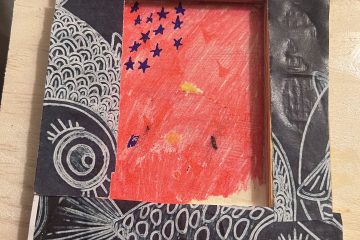
0 Comments